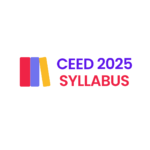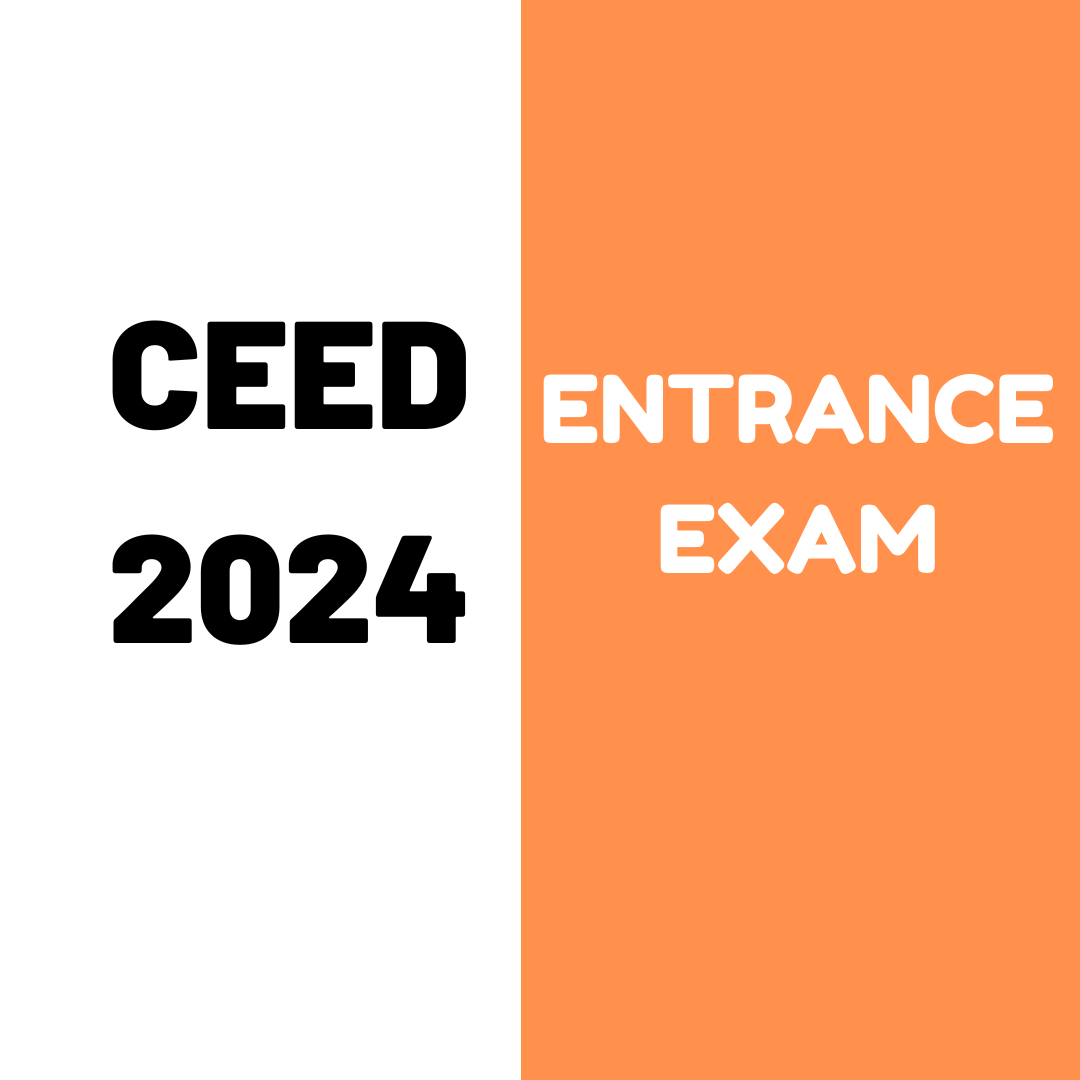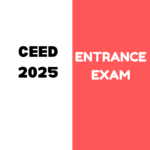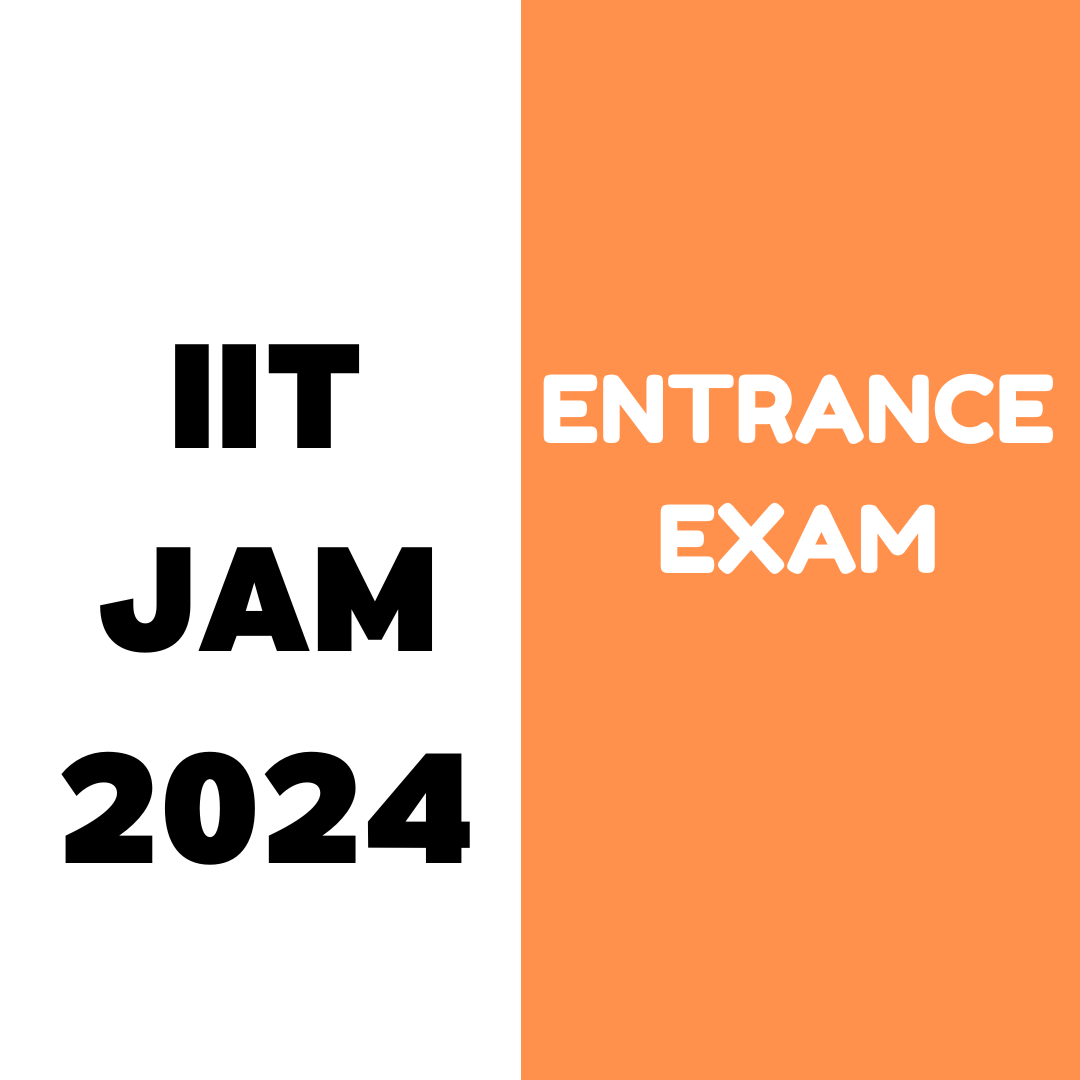Introduction: UCEED 2024 Syllabus is now have revised syllabus as per the new Syllabus released by the IIT Bombay. This new syllabus will be effective from the year 2024 as far as UCCED 2024 is considered the syllabus will remain same. The UCEED and CEED 2024 entrance exam is organized by IIT Bombay which will be conducted online CBT mode. CEED aspirants should carefully read this article to get a clear understanding about the entrance exam for the design courses.
About IIT Bombay
The Indian Institute of Technology Bombay (IIT Bombay) is a public research university and technical institute in Powai, Mumbai, Maharashtra, India.
IIT Bombay was founded in 1958. In 1961, the Parliament decreed IITs as Institutes of National Importance.[8] A committee formed by the Government of India recommended the establishment of four higher institutes of technology to set the direction for the development of technical education in the country in 1946. Planning began in 1957 and the first batch of 100 students was admitted in 1958. Since its establishment in Powai, the institute has physically expanded to include more than 584 major buildings with a combined area of more than 2.2 square kilometers.
UCEED 2024 Syllabus
To be noted by all candidates, according to the official site of IIT Bombay, appearing candidates will be tested for creative, open and inquisitive disposition and ability to think critically, understanding of worldview and capacity to grasp and communicate. The exams will have two parts Part ‘A’ and Part ‘B’
UCEED 2024 Syllabus
Part-A will have questions from the following topics:
Visualization and spatial reasoning: Ability to visualise and transform 2D shapes and 3D objects and their spatial relationships.
Practical and scientific knowledge: Know-how of scientific principles and everyday objects.
Observation and design sensitivity: Capacity to detect concealed properties in day- to-day life and think critically about them. Attention to details, classification, analysis, inference and prediction.
Environment and society: General awareness of environmental, social and cultural connections with design.
Analytical and logical reasoning: Ability to analyse qualitative and quantitative information.
Language: Proficiency in reading and comprehending Standard English.
Creativity: Grasp of verbal and non-verbal analogies, metaphors, signs and symbols.
Part-B will have questions from the following topics:
Drawing: Ability to draw products, people or scenes in proportion with good line quality, composition, proportion, perspective and shading.
Design aptitude: Capability to practically and appropriately respond to problems/situations with ingenuity and empathy.
CEED 2024 Syllabus
Part-A will have questions from the following topics:
Visualization and spatial reasoning: Ability to visualise and transform 2D shapes and 3D objects and their spatial relationships.
Practical and scientific knowledge: Know-how of scientific principles and everyday objects.
Observation and design sensitivity: Capacity to detect concealed properties in day- to-day life and think critically about them.
Attention to details, classification, analysis, inference and prediction.
Environment and society: General awareness of environmental, social and cultural connections with design.
Analytical and logical reasoning: Ability to analyse qualitative and quantitative information.
Language: Proficiency in reading and comprehending Standard English.
Creativity: Grasp of verbal and non-verbal analogies, metaphors, signs and symbols.
Art and Design knowledge: Awareness about art/artefact/product, artists/designers, art/design history and trends.
Design methods and practices: Knowledge of media, materials, production processes, and ergonomics.
Part-B will have questions from the following topics:
Drawing: Ability to draw products, people or scenes in proportion with good line quality, composition, proportion, perspective and shading.
Creativity: Capacity to think out-of-the-box and come-up with unique as well as diverse solutions.
Communication: Skills to communicate concepts and ideas clearly with the help of text and visuals.
Problem identification: Capability to understand the user and the context, knowledge of properties of materials and their appropriate use in design.
Note: The topics given above are comprehensive and pinpointing of the nature of the questions. However, the CEED may not cover all the topics.
Official Links Below:
Sharing is appreciated






